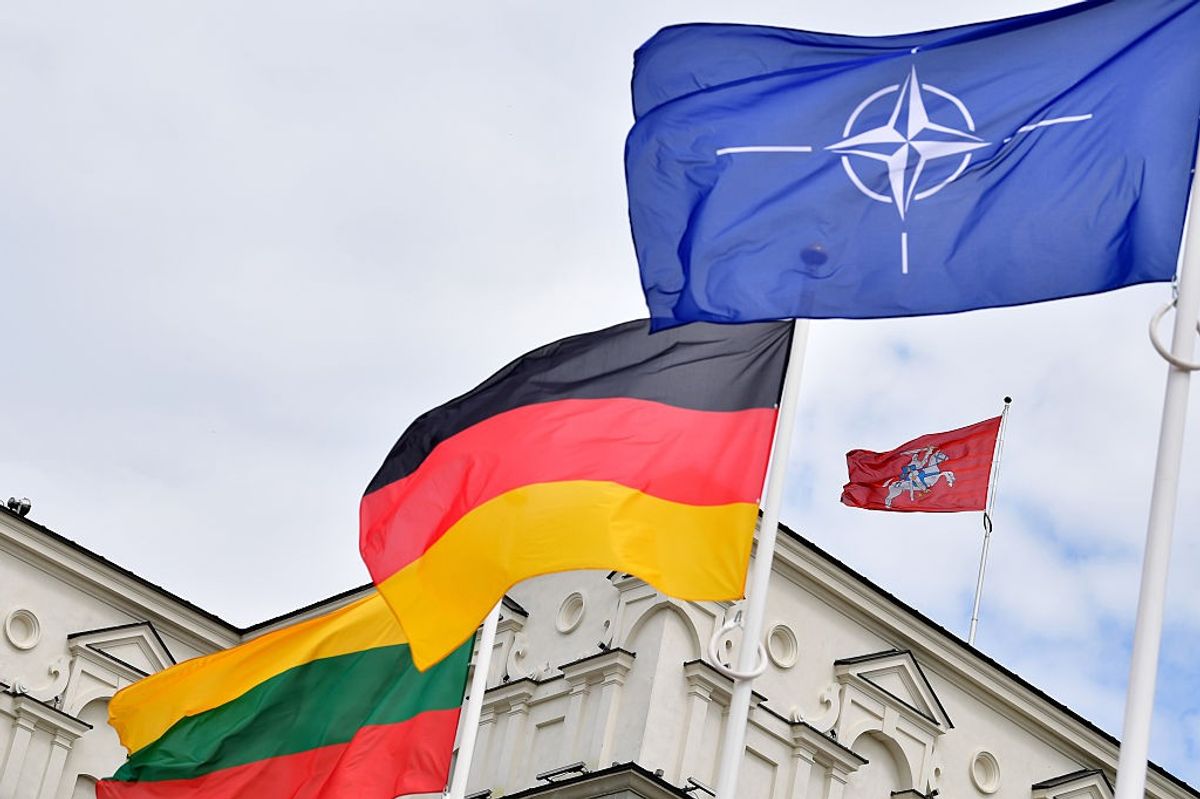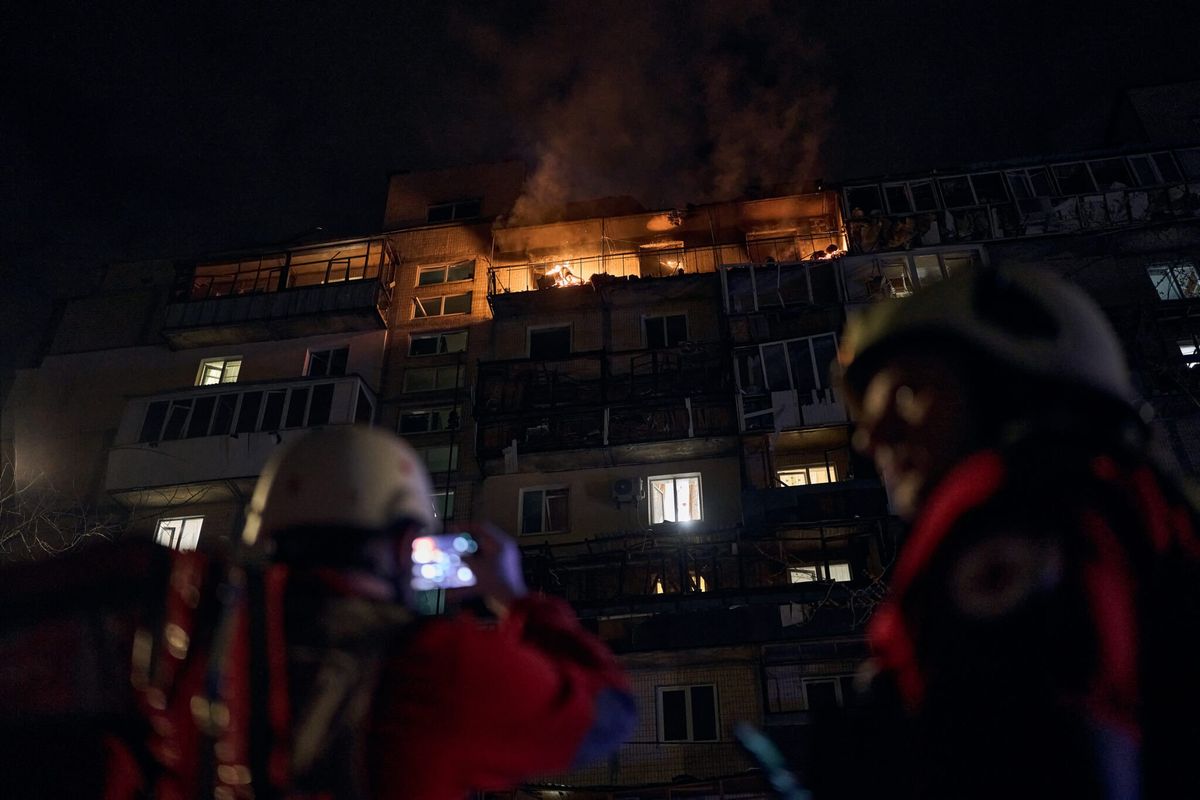The New York Police Department arguably has the most advanced intelligence and counterterrorism operations of any other U.S. municipality. As the Former Director of Intelligence Analysis at the NYPD, Mitch Silber played a key role in all terrorism related investigations. Silber told The Cipher Brief that homegrown terrorists will continue to focus their attacks on soft targets and that intelligence sharing between U.S. and foreign law enforcement agencies is paramount to preventing attacks.
The Cipher Brief: Where do you see the threat from homegrown terrorism heading in 2016?
Mitch Silber: The United States faces a multi-faceted terrorism threat in 2016. Foreign terrorist organizations (FTOs) continue to plot attacks targeting American interests both overseas as well as in the homeland. The FTOs include core al Qaeda in Afghanistan and Pakistan, and its related franchises in Yemen (al Qaeda of the Arabian Peninsula), North Africa (al Qaeda of the Islamic Maghreb), Syria (Jabhat al Nusra/The Khorasan Group), and other affiliates and allies like al-Shabab (Somalia) and Boko Haram (Nigeria). Moreover, the Islamic State (ISIS), a hybrid terror state/group with a growing number of affiliates worldwide, also seeks to attack American interests both overseas and at home. With its resources, capabilities, and ability to inspire others to act on its behalf, ISIS has become the pre-eminent terrorist threat to the United States in 2016 – though al Qaeda and its affiliates cannot be overlooked.
The terrorism threat to the U.S. manifests itself in two primary modalities. First, there are plots planned overseas by an FTO and involve operatives sent to the U.S. to carry out the attack. These operatives may be foreigners (e.g., the 9/11 attack) or, as is increasingly the case, citizens or legal residents of the U.S. who have traveled overseas to train with a terrorist group and are sent back to the U.S. to carry out an operation (e.g., the 2009 Al Qaeda NYC Subway Plot and the 2010 Tehreek-e-Taliban Times Square Plot). While these types of FTO-directed plots occur infrequently, given the operational role of an FTO, they have a greater likelihood of causing significantly more casualties (see Paris 2015) than homegrown inspired plots. Given that there are estimated to be more than 250 Americans who have attempted to or have traveled to Syria and Iraq, where they could receive training, direction, and operational tradecraft, externally planned and directed plots against the U.S. remain a clear and present danger.
The second type of terrorist plot that the U.S. has experienced since 2001 is one launched by homegrown jihadists, who are inspired by or loosely connected to an FTO, but are largely self-directed. This type of plot is occurring with increased frequency and can be deadly in its own right – as evidenced by Little Rock, Arkansas in 2009, Fort Hood, Texas in 2009, the Boston Marathon Bombing in 2013, Chattanooga, Tennessee in 2015, Garland Texas in 2015, and San Bernardino, California in 2015. These plots are also increasingly fueled by social media and other online activities.
TCB: Do you expect the focus to be more on soft targets, or do you think ISIS has the aspiration to conduct a big event like a 9/11?
MS: As far as ISIS is concerned, the group will continue to focus on soft targets, given law enforcement’s inability to protect all citizens in a major city. However, given the opportunity, ISIS would surely seek to execute a "terrorism spectacular" like 9/11. Fortunately, given all of the investment in counterterrorism resources since 9/11, such large-scale attacks are much more difficult to pull off.
That said, an attack with multiple suicide bombers in the New York or Boston subway system would be devastating, and as the July 2005 attacks in London demonstrated, not all that difficult.
TCB: What is the likelihood that a Paris-style attack could occur inside the U.S., specifically in a large city such as New York City or Washington DC? How can U.S. law enforcement agencies work to protect against such attacks?
MS: Clearly, Paris demonstrated a new intention of ISIS and its supporters – attack the West in the West. Major urban environments will continue to be top targets because they house mass transportation hubs, are media centers and have great symbolism attached to them. However, the United States and its large cities benefit from a few factors. First, far fewer Americans have attempted or gone to fight in Syria and Iraq where they would be most likely to gain the operational tradecraft necessary to carry out a coordinated Paris-style attack. Secondly, it remains much more difficult to enter the United States from abroad than it is to enter Europe. Currently, there is a mismatch between Europe's shared border and its internal intelligence collection, analysis, and sharing capabilities.
The United States is in a much better situation than Europe in regards to intelligence sharing. However, challenges still remain and more importantly, there are potential blind spots. One of these has to do with the Visa Waiver program. A significant concern of mine has always been that a Brit, Frenchman, or German who traveled and trained with ISIS or al Qaeda, but who was not on any intelligence agency's radar, might seek to exploit the visa waiver program and the lesser level of scrutiny that is offered to individuals from Western Europe and use that as a means to enter the U.S. undetected. Most recently, some action has been taken in Washington to tighten this vulnerability by vetting whether an individual had been to Syria or Iraq before admitting them. But this is still a work in progress.
Interestingly, as the threat of homegrown, ISIS-inspired supporters have recently overtaken the threat posed by homegrown, al-Qaeda-inspired terrorists, there has also been a shift in attack mode. Whereas homegrown terrorists inspired by al-Qaeda and its affiliates typically aspired to execute large-scale attacks in big urban areas, such as New York, Washington DC, and Boston, ISIS-inspired homegrown terrorists in the U.S. have adopted much more of a “do what you can, where you can” approach. This tactical shift is evidenced by the attacks in Chattanooga, Garland, and San Bernardino, and it places Main Street or small town U.S.A. directly in the crosshairs of the attack.
As a result, major urban police forces that notionally would have the capabilities and resources to work the counterterrorism issue, may no longer undertake their prior roles of prevention. Rather, with this dispersed threat, additional local law enforcement agencies that have infrastructure, coverage, and capabilities will need to be brought into the counterterrorism business.
TCB: How have domestic police forces, such as the NYPD, cooperated with foreign law enforcement agencies to track suspected terrorists in the U.S. and arrest them before they can carry out attacks?
MS: The NYPD has been a trailblazer in developing relationships with foreign law enforcement and intelligence agencies. By stationing a dozen individuals overseas and embedding them in local police forces—like New Scotland Yard, the Paris Prefecture, the Jordanian National Police, the Israeli National Police and others—the NYPD is often able to collect critical early warning intelligence that may have operational implications in New York City and be able to implement changes that improve the city's defensive posture in real time. Moreover, there is a constant exchange of personnel, ideas, and discussions about trends in radicalization and terrorism that enable the NYPD and other law enforcement agencies to be aware of the most recent trends, whether it is something related to social media or travel patterns or some other new factor in terrorism.
TCB: How concerned are you that terrorist organizations will develop the capabilities to conduct cyber attacks, particularly targeting critical infrastructure?
MS: Terrorist organizations continue to evolve their cyber capabilities. Currently, much of this capability is focused on recruiting, the dissemination of propaganda, and some operational elements. Clearly, cyber terrorism is something that these groups are aspiring towards. Hacking and accessing sensitive information and then posting it online seems to be the limit of terrorist cyber capabilities for now, but we would be naïve to believe that targeting critical infrastructure is not on their wish list. That said, the private sector is quite aware of this threat, whether it comes from terrorist groups or even state actors, and much investment in time, capital, and defensive capabilities is currently going on in this space to "harden these targets."
TCB: What steps can the U.S. government and the private sector take to improve their joint effort to keep America’s cities safe?
MS: The big issue going into 2016 is the encryption debate. Private sector companies are understandably reluctant to provide backdoors to break encryption on their devices and apps, while law enforcement and intelligence agencies view having a window into potential communications as a necessity to ensure security. Finding some type of middle ground on this issue, as had previously existed, would go a long way towards keeping Americans safe from terrorism. However, the solutions are neither easy nor apparent.









